Magnolia: plant varieties and its cultivation
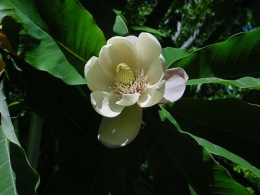
Varieties
Star-shaped
This variety is distinguished by its grace and effectiveness; it looks great both when planted alone and in groups in which other plants get along well. In short, it provides an unusually wide scope for imagination. Its homeland is the Land of the Rising Sun, from where from the end of the 19th century it spread to Europe, and in the mid-20th century to America.
Decorative forms:
- pink;
- Kei, which is a highly branched bush with slightly smaller flowers, purple on the outside.
Siebold
Its primary habitat is Japan and China, in addition, it was originally distributed on the Korean Peninsula. It is a small deciduous tree whose height rarely exceeds ten meters. Its cultural cultivation began in the second half of the 19th century. It has the highest frost resistance, which makes it possible to grow it even in the most unfavorable climatic conditions. The most striking proof of this is the positive experience of keeping it in the botanical garden in Vladivostok. Surprisingly, even there she delighted visitors with her luxurious appearance.
large-leaved
As you can easily guess from the name, it is notable for its leaves. Indeed, they simply amaze the imagination with their gigantic sizes, which often reach eighty centimeters in length.The flowers are also appropriate: the diameter of the milky-white drooping bells is at least thirty cm. Another interesting feature is that the species bears small pink fruits.
Medicinal
In its homeland, China, it is widely used by healers to get rid of a wide variety of ailments. Unfortunately, it practically does not occur in our climate zone. However, in Kyiv you can see not only flowering, but also yielding specimens. As for its use as a medicine, domestic folk doctors are not even thinking about this yet. And this is not surprising, because the raw materials are completely unfamiliar to them.
Lilica
It is notable for being virtually unknown in the wild. However, in landscape gardening art, including Russian art, it is highly valued. In terms of flowering, it is perhaps one of the most spectacular species: its flowers are purple on the outside and completely white on the inside, their size is at least 11 cm. Rarely a visitor to the park can pass by such beauty without admiring it and without enjoying the surprisingly delicate aroma.
Subspecies:
- black, distinguished by a light purple color with a more intense tone on the outside;
- elegant, the features of which are reflected by its very name: this bush has thin branches and very narrow leaves, which, together with small flowers, look unusually attractive.
Landing rules
Do you want to get such a beauty? Fortunately, this is absolutely easy to do. It should be planted in late spring or summer.
Please note that only seedlings with a closed root system should be purchased in stores.
As for choosing a place, everything is as simple as possible.It should be sunny, extremely protected from any, even the slightest wind, especially the north. The optimal soil is fertile and at the same time light.
How to care?
Wintering
Adult specimens can easily tolerate frosts of up to 25-30 degrees, but for young animals even not such significant “minuses” often turn out to be disastrous. Therefore, they must be covered using non-woven two-layer material, preferably ordinary burlap or lutrasil. Be especially careful when tying magnolia branches as they are unusually fragile and break easily. This simple remedy will save your beauty from freezing.
Care
Its essence is to regularly perform only four operations:
- watering, which should be very plentiful, especially in dry times;
- regular fertilizing with special fertilizers sold in specialized stores;
- weeding;
- mulching the soil.
Pruning is a very controversial and ambiguous point. Some gardeners urge not to expose plants to such effects. However, most are inclined to the need for pruning, thanks to which you can form a beautiful, neat crown. In fact, it should be carried out only for sanitary purposes. But rejuvenating removal of branches will definitely not be beneficial. The thing is that dormant buds located on old branches bloom very inactively.
As you can see, everything is extremely simple, not burdensome and does not even take a significant amount of time.


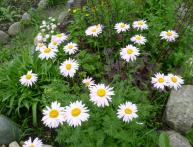
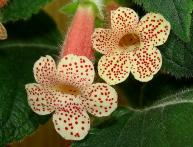
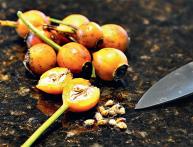

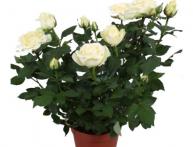

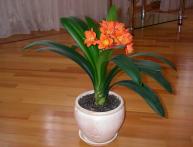
Comments
And for some reason I always thought that it was simply impossible to grow magnolia in central Russia in open ground. But since it can withstand such severe frosts, it means it can get along with us too.But how to preserve young plants?..